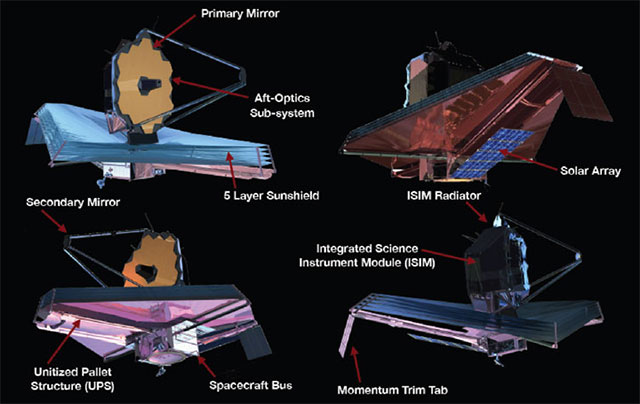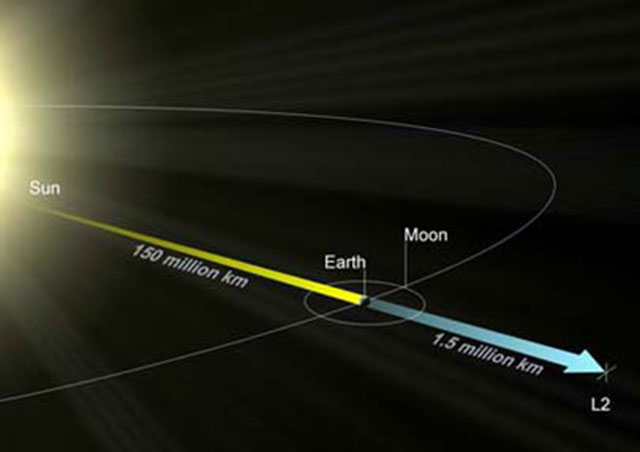The Hubble Space Telescope has provided mankind with some of its most inspiring images. Be it the birth of stars, the beauty of supernovae or the fascinating sites of the large impacts of the Shoemaker-Levy comet. In 1993, four years after the launch of Hubble, NASA began contemplating the next generation of space observatory. Twenty years later, the James Webb Space Telescope (JWST) has come a long way towards meeting its 2018 launch date, with 3D printers from MakerBot now playing a significant role in the development process.
I’ve never quite worked out why large corporations buy MakerBot 3D printers. It’s a well-established brand for sure: but there are other models that are much better technologically and regarding cost efficiency. Still, let’s go with it, for the exciting news is that when the awesome JWST launches in 2018, it will carry parts made with the help of a MakerBot Replicator 2.
The new telescope promises amazing images of our universe using the NIRCam (near-infrared camera), the first space telescope camera optimized for near-infrared light. This means that the Webb telescope will be able to capture infrared wavelengths that cut through cosmic dust and gas clouds. NASA enlisted Lockheed Martin’s Advanced Technology Center (ATC) to build the device, and the team at ATC used a MakerBot Replicator 2.

John Camp, a former mechanical engineer at ATC, spearheaded the initiative to bring 3D printing into the NIRCam development process. After John acquired his first MakerBot, he received requests from engineers looking to 3D print parts. They printed over 250 objects within the first quarter.
To indulge in the actually-quite-interesting (but for the annoying music) marketing video please find the link here – or, should you wish, follow me onwards into deeper science regarding the JWST.
During the feasibility studies (1995-96), NASA and the STScI considered a wide variety of orbits for JWST. The most promising was an orbit about the Sun-Earth second Lagrange point (L2), approximately 1.5 million km from Earth, outside the orbit of the Moon.
The L2 point is in a benign and essentially unchanging environment, with no significant gravitational torques and thermal influence from the Earth and Moon greatly reduced. The main operational influence to consider is the torque created by sunlight on the sun-shield.
The region about L2 is a gravitational saddle point, where spacecraft may remain at roughly constant distance from the Earth throughout the year by small station-keeping manoeuvres. The Lagrange point L2 has been used for the Wilkinson Microwave Anisotropy Probe (WMAP) for example.

For those of a mathematical inclination, the location of L2 is the solution to the following equation balancing gravitation and centrifugal force:
…with parameters defined as for the L1 case. Again, if the mass of the smaller object (M2) is much smaller than the mass of the larger object (M1) then L2 is at approximately the radius of the Hill sphere, given by:
Now that the NIRCam has been completed, the Webb Telescope will begin three years of testing and tweaking at the Johnson Space Centre in Houston, TX. Come 2018, we’ll be on the lookout for spectacular new images from the Webb Telescope’s orbit from 1,500,000 km away.



